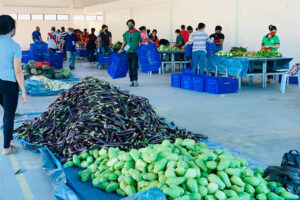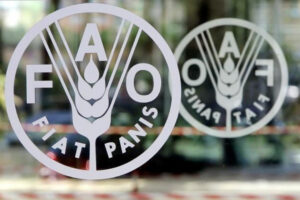Davao Food Terminal targets stronger farm-to-consumer link

THE Davao Food Terminal Complex, which is due to start operating on a 24/7 basis on Oct. 18, will help link producers and consumers more directly, improving the supply-demand balance for agricultural goods, Davao City’s head agriculturist said.
“Our farmers will really know the current prevailing price in the market, price for retailing, for wholesale, and ultimately the farmgate price,” City Agriculturist Edgardo A. Haspe said last week over the city-run radio program.
The center, located in Toril, will serve as delivery and selling point for all produce from the city’s upland areas of Marilog and Paquibato as well as the neighboring towns in Davao del Sur and as far as Bukidnon.
Other farmers within Davao City can still bring their commodities to the retail markets over the next 12 months.
After the one-year transition period, all farm output will be directed to the food complex.
“We are conducting meetings with our farmers associations, agricultural cooperatives for our production planning and even clustering so we can determine what specific type of vegetable or produce they can plant at specific periods to prevent a surplus so that prices will not go down,” Mr. Haspe said.
“The hospitals, hotels, and restaurants can get at the food terminal what they need,” he added.
The P70-million trading hub, which sits on five hectares, will also have eight refrigerated containers, with four currently ready for operations.
Food processing facilities are also being planned with assistance from the Department of Science and Technology.
New public transport franchises will be issued for the area. Farmer and fisherfolk cooperatives have also been receiving cargo vehicles through the Philippine Rural Development Program and other such initiatives to allow direct delivery of their produce.
The city government will initially be managing the terminal but Mr. Haspe said the long-term plan is to turn over operations to cooperatives. — Maya M. Padillo




